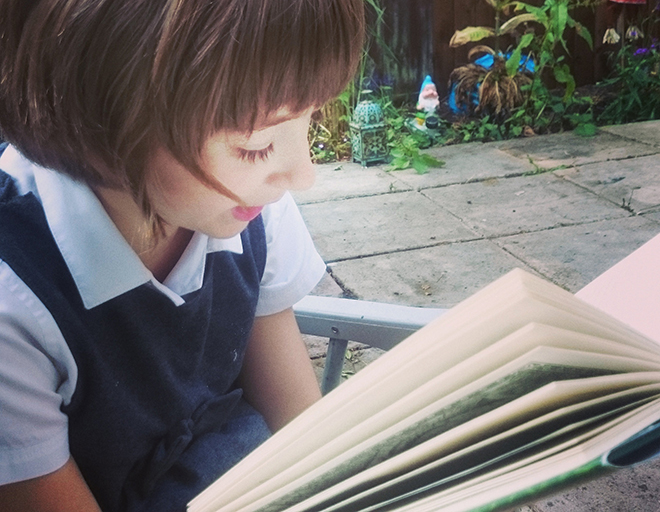Word is boys and girls are different

An investigation into the type of words boys and girls use has revealed that much of their vocabulary is being learned out of school through popular media and that boys and girls exhibit different interests expressed by their word choice.
Led by Flinders University education expert Mrs Anne Bayetto, researchers investigated the word choices of 1000 students between the ages of five and seven years old in South Australia and Victoria. The results appear in a comprehensive new study, the Stage 3 Oxford Wordlist.
“From the choice of proper nouns, it appears that many of the gender words likely evolve from out-of-school lifestyle – from their toys, television and movies watched,” she says.
The research study finds girls between the ages of five and seven choosing words like ‘princess’, ‘girl’, ‘castle’, ‘rainbow’, ‘unicorn’ and ‘grandma’, while boys were more interested in writing about sport and adventure, with ‘ninja’, ‘soccer’ and ‘football’ among their top words.
Animals are a part of the 500 most commonly used words, with girls choosing to write about domesticated animals such as ‘cats’, ‘bunny’ and ‘dogs’ compared to boys who more often wrote about wild animals such as ‘shark’, ‘snake’ and ‘monkey’.
Word choices were collected through teachers photocopying students’ independent writing samples on different days of the week so they could gather a wider range of word usage beyond the common Monday exercise of students writing a story about what happened on the weekend.
The list clearly showed that students are particularly keen to write about their own experiences, spaces and places, says Mrs Anne Bayetto, from the College of Education, Psychology and Social Work at Flinders University.
Compared to the 2007 Oxford Wordlist, there is a slight rise in both the number of gender-specific words and less formal language, in favour of ‘awesome’, ‘crazy’ and other words in the latest list.
While it is anticipated that all of the words in the Stage 3 list should be able to be spelled by the end of Year 2, it is likely that some students will need instruction in Year 3 and beyond before all of them can be effortlessly spelled.
As teachers pre-assess the Stage 3 words to establish what students can already spell, Mrs Bayetto pointed out the logic of then grouping like words when teaching those that students need to learn.
“Teaching words with the same phonic blend such as –ook (look, book, took) is an effective way to show connections between words and to take demand off working memory,” she says.
“Solid understanding of these, and the other, high-frequency words builds a foundation for future writing, reading and learning, freeing up students to quickly build confidence.”
When looking for trends in the 143,000 words written, the study found that there were many simple, although abstract, ‘glue’ words such as ‘are, there, have, because and could’ being written.
Unlike other words that can be photographed or drawn, such as nouns (house or dog) or verbs (eat or sleep), these more abstract words are more challenging as they are not image-able but “are pivotal to know how to spell as they are so frequently
All children should be encouraged to explore the world of make-believe through writing, which should not be discouraged by too close scrutiny on spelling corrections.
Anne Bayetto is the reading expert for the Australian Primary Principals’ Association Principals as Literacy Leaders (PALL) program; she was a founding member of the Learning Difficulties Support Team (SA) and she currently provides consultancy and professional learning sessions for educators across Australia.